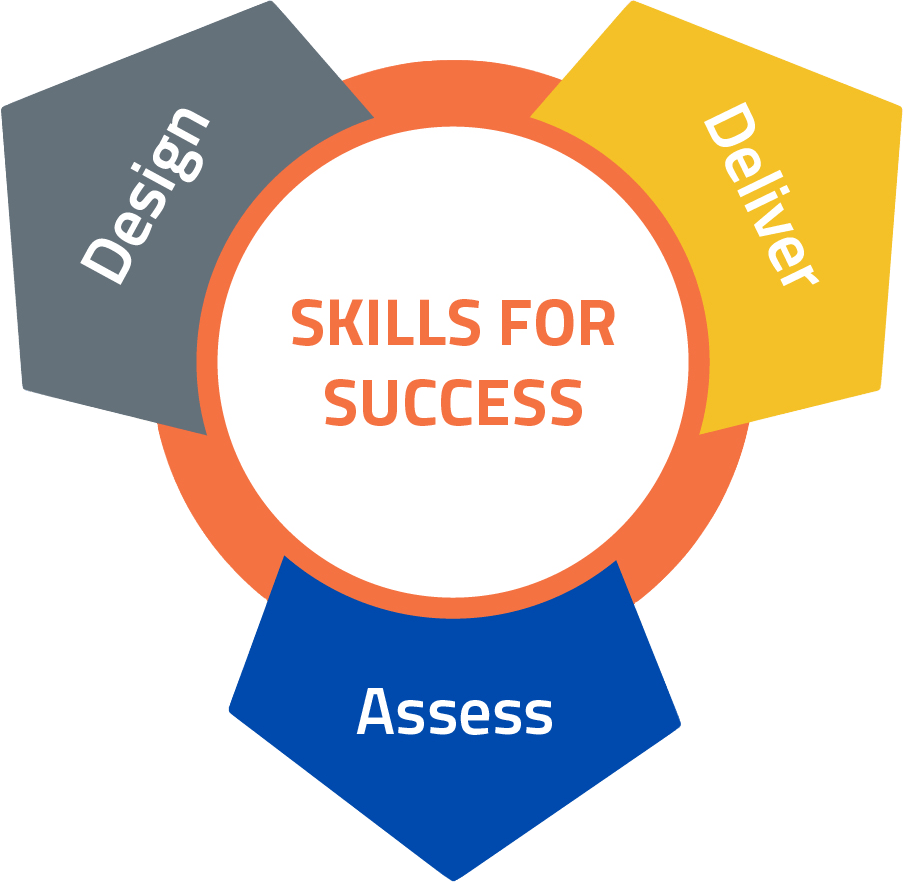Conceptual models of creativity are guidelines or sets of strategies that practitioners use to direct their instruction of creativity. A model provides a framework to help participants learn creativity skills.
- Creative Problem Solving (CPS) model: Mind Tools. (2009). Creative Problem Solving Finding Innovative Solutions to Challenges. Mindtools.com. https://www.mindtools.com/pages/article/creative-problem-solving.htm
- Four-C model: Kaufman, J. C., & Beghetto, R. A. (2009). Beyond Big and Little: The Four C Model of Creativity. Review of General Psychology, 13(1), 1-12. https://doi.org/10.1037/a0013688 (login required)
